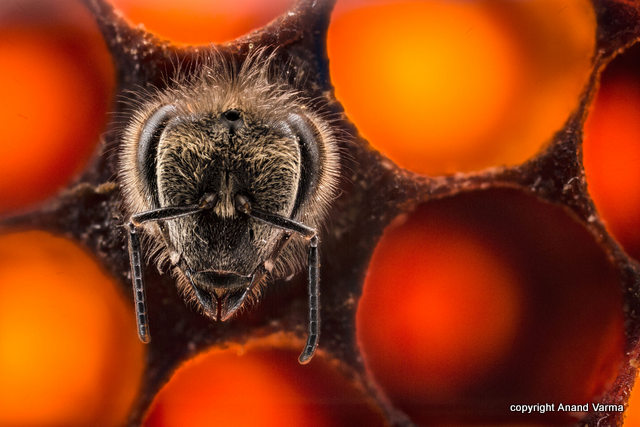
Photo: Catie Leary.
Creative minds have always seen the potential in junk. And frugal minds have always seen ways to re-use old things. Add a dose of divine inspiration and amazing art gets made. Certainly that was the case with folk artist Howard Finster, whose magnum opus, his home and garden in Summerville, Georgia, is undergoing an extensive restoration.
“Reverend Howard Finster is widely hailed as the “grandfather of modern folk art,” and for good reason — he only started making art after the age of 59. Born in 1916, Finster spent the first half of his life in northeastern Alabama working as a born-again Baptist preacher and bicycle mechanic. He later moved across the border to Georgia, where he eventually opened Paradise Garden,” write Catie Leary for Mother Nature Network.
Readers of a certain age – or a certain musical persuasion – may remember Mr. Finster’s album cover for the Talking Heads 1985 release Little Creatures. Earlier, the band R.E.M. filmed the video for Radio Free Europe at Paradise Gardens, while Michael Stipe collaborated with Finster on the cover for R.E.M.’s Reckoning.
Read more about this amazing artist and the restoration of Paradise Garden, with lots of pictures, here.
In an upcoming post, I’ll introduce you to an current Sussex County, New Jersey artist whose extraordinary home/ studio/garden could be described as our local Paradise Garden.
-

-
Photo: Catie Leary
-

-
Howard Finster
-

-
Photo: Catie Leary
-

-
Photo: Catie Leary
-

-
Little Creatures cover
-

-
Howard Finster
 This majestic bird of prey has been mounting a comeback since it was nearly wiped out by DDT in the 1960s.
This majestic bird of prey has been mounting a comeback since it was nearly wiped out by DDT in the 1960s.
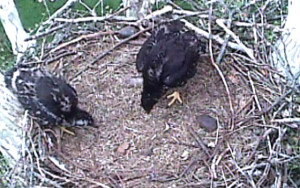
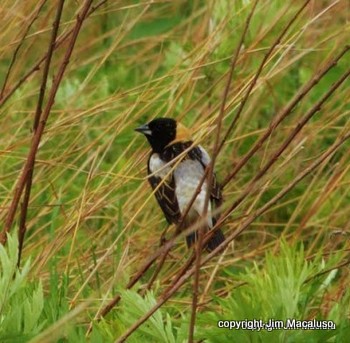
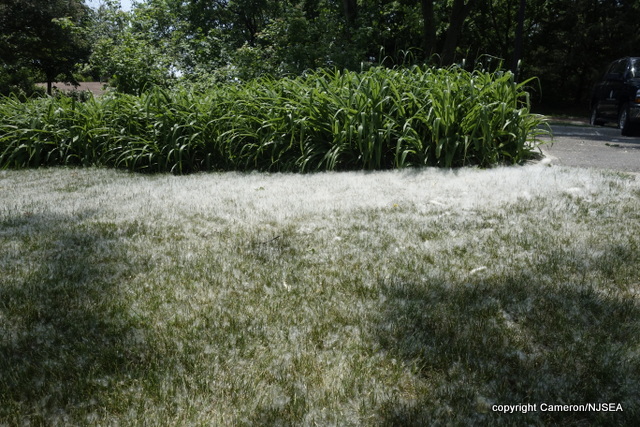
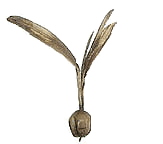






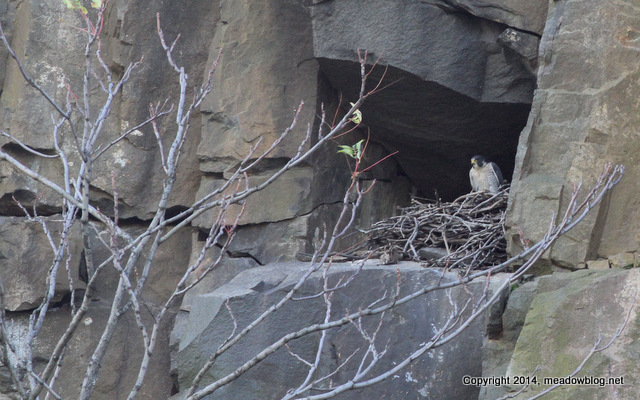 Look for Peregrine Falcons and Osprey – among others – at Laurel Hill County Park in Secaucus this Sunday with members of the Bergen County Audubon Society. Peregrines have apparently taken over a Common Ravens’ nest, having previously taken over an Osprey nest nearby. Don’t mess with Peregrines!
Look for Peregrine Falcons and Osprey – among others – at Laurel Hill County Park in Secaucus this Sunday with members of the Bergen County Audubon Society. Peregrines have apparently taken over a Common Ravens’ nest, having previously taken over an Osprey nest nearby. Don’t mess with Peregrines!








